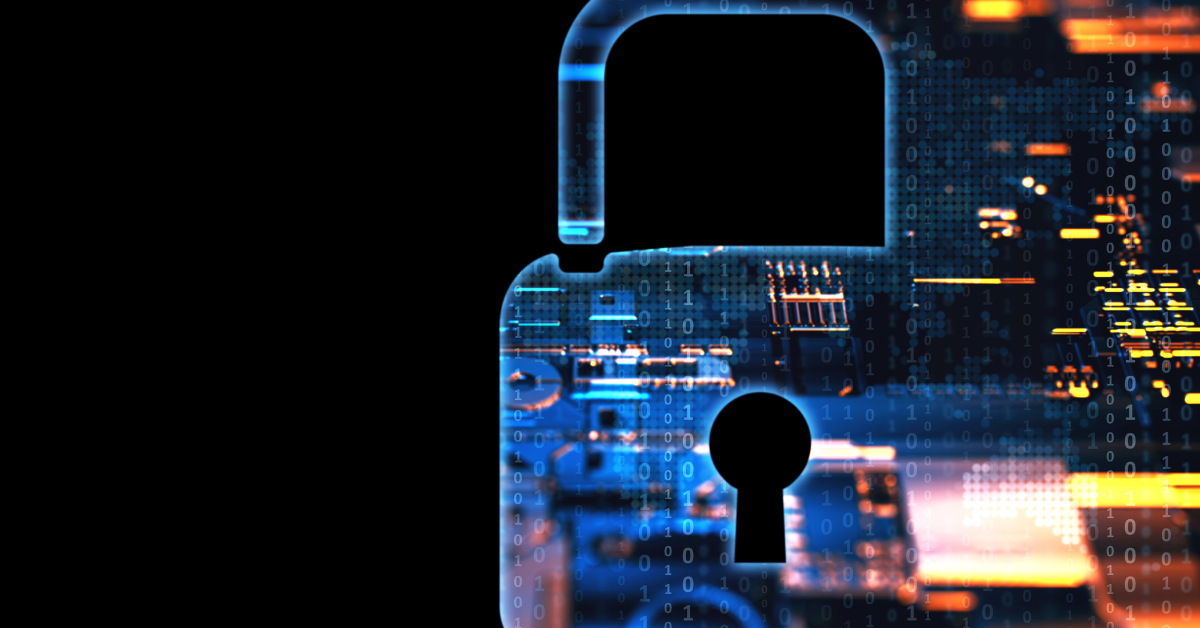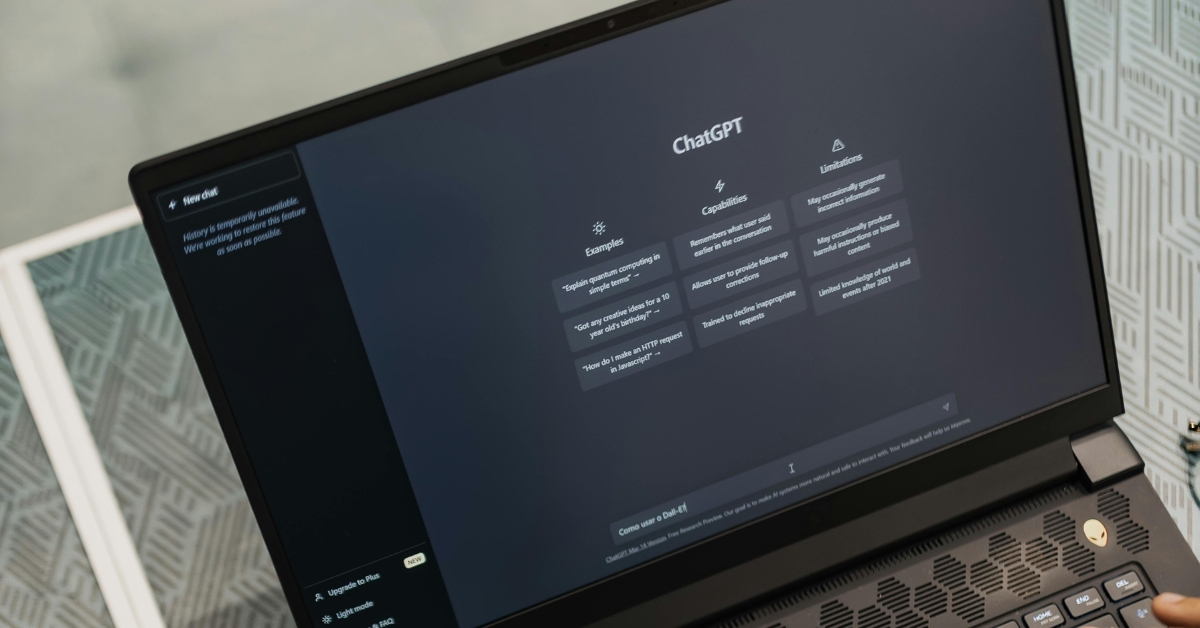How to Protect Your Data Across a Hybrid Workforce
In a hybrid work environment, where employees move between office, home, and other locations using a mix of devices, protecting company data becomes more complicated—and more critical. Tools are scattered, access points vary, and human habits aren’t always consistent. Yet the responsibility to secure that data remains the same, requiring a flexible, layered approach that fits into everyday workflows.
Start With the Devices: Endpoint Security Matters
Every laptop, tablet, and phone is a potential entry point for a breach. That’s why endpoint security is your first line of defense. This isn’t just antivirus software anymore. You need:
- Device encryption
- Remote wipe capabilities
- Automatic patching and updates
- Behavioral threat detection
Whether it’s a personal laptop or a company-issued device, if it’s used for work, it has to meet your security standards.
Secure the Cloud, Not Just the Office
With so much work happening in cloud platforms—email, file storage, CRM—it’s not enough to secure your network perimeter. You need cloud data protection measures built in.
That includes:
- Multi-factor authentication (MFA) for cloud services
- Data loss prevention (DLP) policies
- Audit trails and access logs
- Conditional access controls based on location or device
Your data no longer lives in just one place. Your protections shouldn’t either.

Make Privacy and Compliance Part of the Culture
A lot of risk comes from people who don’t know what they don’t know. Regular, role-specific privacy training is essential, especially in a hybrid setup.
That means:
- Teaching employees how to handle sensitive data, even casually
- Defining what compliance looks like in their daily tools (email, messaging apps, shared drives)
- Clarifying what’s okay to store locally vs. what must stay in the cloud
It’s not about overwhelming people with rules. It’s about giving them the tools and context to make better decisions.
Limit Access Without Slowing Down Work
Zero Trust isn’t just a buzzword—it’s a practical approach. Assume every access attempt could be compromised and verify anyway.
That means:
- Giving employees access only to what they need
- Requiring re-authentication after inactivity
- Blocking high-risk behaviors like file downloads on unsecured Wi-Fi
You’re not trying to block productivity. You’re protecting it from unexpected disruptions.
Test for Weak Spots Before They’re a Problem
The hybrid model creates unusual patterns that attackers love to exploit.
The best way to stay ahead is to look at your environment the way a bad actor would:
- Run simulated phishing campaigns
- Conduct endpoint and cloud security audits
- Review access logs for anomalies
- Red team your most critical apps and workflows
Hybrid work is fluid. Your security checks should be, too.
Your Hybrid Setup Can Be Secure—It Just Takes Intention
It’s not about locking everything down or letting everything go. It’s about striking the right balance for your business—one that protects your data, empowers your people, and stands up to real-world threats.

Ready to Close the Gaps?
Fiber IT Solutions works with companies of all sizes to build secure hybrid environments. From cloud data protection tools to endpoint hardening and employee training, we can help you identify the weak spots and shore them up—without overcomplicating your day-to-day operations.
Get in touch with us to start building a smarter, safer hybrid workforce.
Further Reading
- Managing a Hybrid Workforce – Gartner
- https://www.gartner.com/en/human-resources/insights/managing-hybrid-workforce
- Establishing a Remote-Hybrid Workforce – Gartner
- https://www.gartner.com/en/human-resources/trends/establishing-a-remote-hybrid-workforce
- Develop Privacy Training in Hybrid Work Environments – Gartner
- https://www.gartner.com/en/legal-compliance/trends/develop-privacy-training-in-hybrid-work-environment
- How to Align Risk Management and Governance in 2025 – Cyber Magazine
- https://cybermagazine.com/articles/gartner-how-to-align-risk-management-and-governance-in-2025











